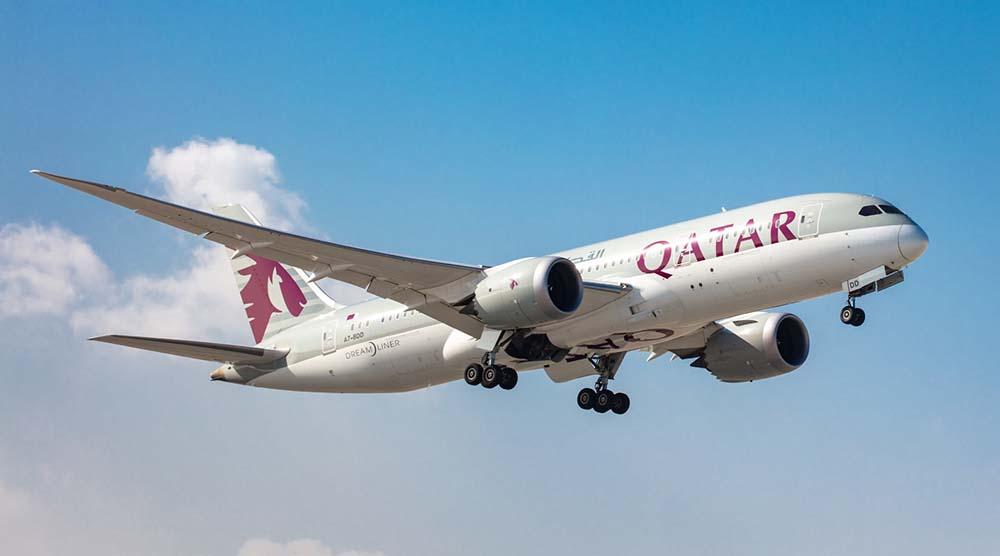
Long-haul, widebody capacity has been the slowest to recover from the pandemic, and that has hurt major Middle East airlines, which rely mostly on long-haul.
Recovery in widebody traffic and capacity is well under way. Industry predictions are hopeful it will return to pre-COVID levels by the end of 2023 or early 2024. However, much of the recovery so far has been supported by returning grounded jets to service, meaning fewer new widebodies have been needed.
That dearth of new aircraft has shown up in U.S. exports to the region. As recovery continues, the hope is now that Middle East traffic, orders and imports from the U.S. will return to the very healthy growth rates that preceded the pandemic.
U.S. exports of aircraft, engines and parts to the 10 Middle East countries reported by the Census Bureau peaked in 2018 at $10.6 billion, adjusted for general inflation, and slowed to $2-3 billion a year between 2019-22. These figures include Qatar Airways, but exclude Emirates and Etihad Airways, as exports to the United Arab Emirates are not reported.
Among the included nations, Qatar, Saudi Arabia and Ethiopia have usually accounted for the most U.S. sales. Qatar peaked at $3 billion in 2019, Saudi Arabia peaked at $4 billion in 2016 and Ethiopia peaked at $1.3 billion in 2018. But several other nations also showed strength. Israel bought $1-2 billion a year in U.S. commercial aircraft between 2017-19, and Kuwait purchased $1.5 billion in 2017.
The other Middle East countries—Egypt, Iraq, Jordan, Lebanon and Oman—have purchased less than $1 billion a year, even in the best of times.
As noted, U.S. exports to most of the 10 Middle East countries have been flat for the last three years. But Qatar has shown some early recovery, from $649 million in 2021 to $862 million in 2022.
As the rest of the region continues to recover and runs out of grounded jets, this should mean more orders. In the eight years prior to COVID-19, U.S. exports to the Middle East nations were growing at an average of 6% annually, a very healthy pace. Unless something else changes drastically, it should be possible to return to roughly that rate of growth in sales and MRO.





